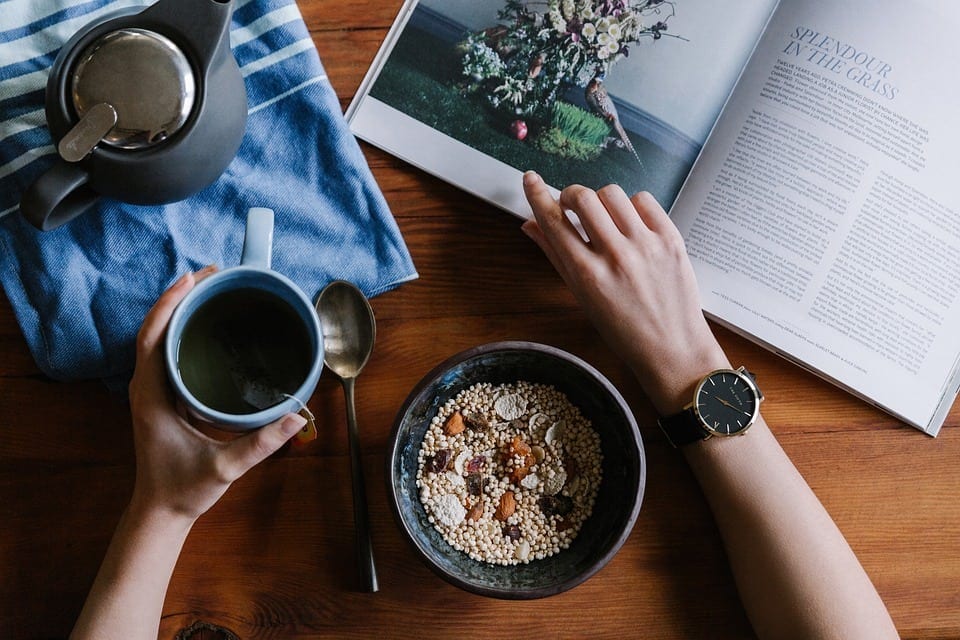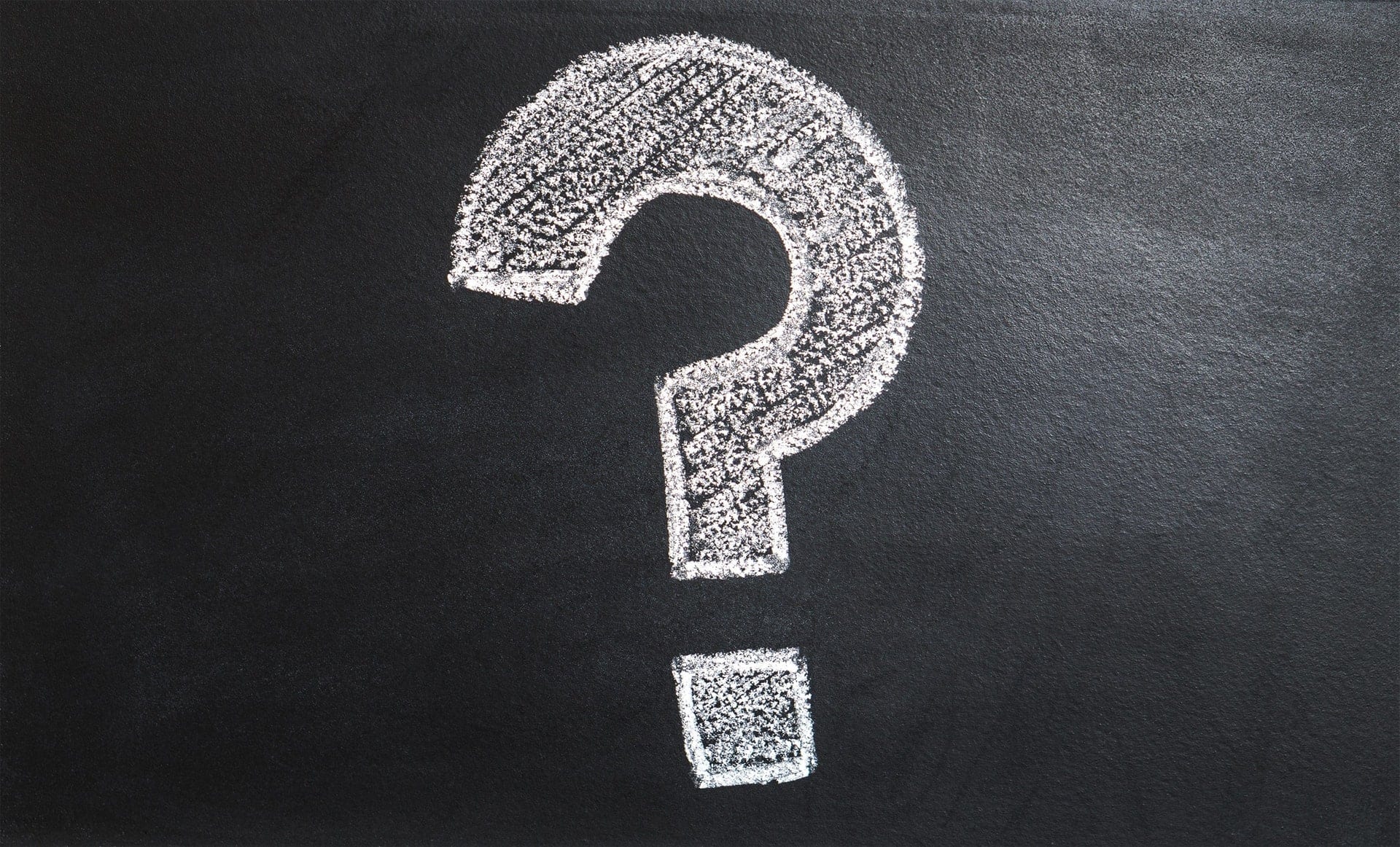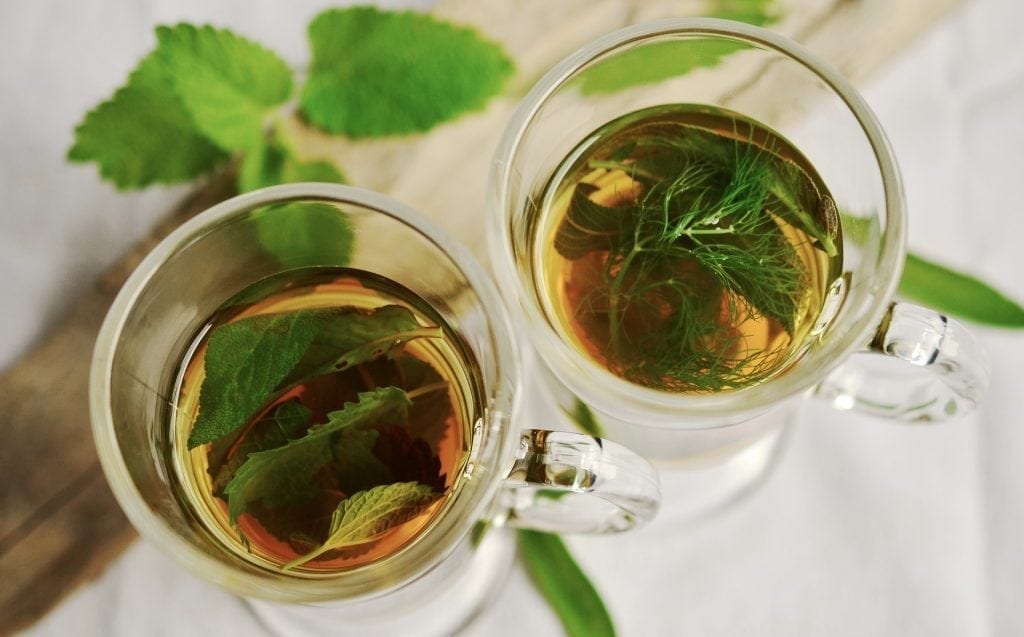Intuitive eating is the practice of eating (and listening) to what foods your body does and does not want, SUCH AS, eating when you’re hungry and stopping when you’re full, or eating a salad one day, and a steak the next because it’s what your body wants—no judgment included.
How are you’re intuitive eating skills?
If you’ve struggled with Intuitive Eating or want to learn how to TRULY listen to your body, more than food rules, then read on to learn about Intuitive Eating 101: 5 Factors That Influence Your Food Choices.
INTUITIVE EATING GONE WRONG
Before we get to the 5 essentials to get started, let’s first establish where you are in your own intuitive eating skills.
Intuitive eating is easier said than done. While we are ALL born knowing how to listen to our bodies, there’s ALOT of confusing messages in this world that leave us disconnected!
Sometimes when we follow a specific dietary protocol or have food restrictions or food rules for health reasons—like healing your gut, intuitive eating gets tricky.Food rules replace intuitive eating, and dietary protocols trump our own ability to listen to our body and feed it foods it wants and needs.
A common (unspoken) phenomenon amongst individuals on a “gut healing” protocol or with specific dietary restrictions is called ARFID—Avoidant Restrictive Food Intake Disorder—limiting our food consumption based on fears that our gut OR body will feel worse when we reintroduce certain foods, or feeling guilty if we stray away from our dietary protocol.
Others get their identity wrapped up in what they CAN and CAN’T eat, as opposed to listening to how their body actually feels.
For instance: If you are Vegan, but often feeling bloated, tired and like your metabolism is SUPER SLOW, perhaps it’s because you’re not getting some aminos, B-Vitamins or zinc your body (and metabolism) needs. Or, perhaps you’re Keto, and super active and losing un-wanted weight, perhaps your body CAN handle more carbs—even white rice, or more fruit than you are giving it.
The result? A funky relationship with food!
No matter if you follow Keto, to GAPS, Paleo, Vegan, Specific Carbohydrate Diet, Autoimmune Protocol, Gluten-Free and beyond—it can be EASY to get disconnected with intuitive eating, feel super restricted OR develop unnecessary food fears and food rules when we let our food protocols or identities determine what we SHOULD and SHOULDN’T EAT.
What to do about it?!
First: Raise awareness to these 5 thing that influence your food choices then… “go with your gut” —trusting that you and your body know what you need to eat, more than any food rule or diet.
Intuitive Eating 101: 5 Factors That Influence Your Food Choices
- Your Experiences. (History, culture and experiences with food)
- Your Self-Identity & Food Beliefs. (Personal identity and beliefs about food)
- Emotions & Mindset. How you feel emotionally and mentally about food)
- Vitamin P (What you enjoy)
- Health (What your body TRULY needs (nutrients) and what helps you feel best, no rules included)
If you are on a strict dietary protocol, and you neglect any one of these 5 areas, it’s no wonder intuitive eating is hard or you feel even MORE stressed over food and DISCONNECTED from your body!
Understand each of these 5 factors that influence your food choices, and intuitive eating is yours for the taking!
Intuitive Eating 101: 5 Factors that Influence Your Food Choices

Factor #1: Your Experiences
How have your experiences, cultural background or history with food shaped what you do and do not eat?
For example—the foods you ate growing up. There’s something nostalgic about mom’s homemade spaghetti or warming morning oats that, regardless of how “healthy” they are or not, can be comforting.
Was ice cream or chocolate a reward for straight A’s or good behavior? Chances are, they can still feel like a reward today.
Is your family Asian, Mexican or Spanish, Italian, Greek, or a meat-and-potatoes kinda family? How do the foods you ate within your culture influence what you enjoy today?
Perhaps you’ve had negative experiences with foods—severe bloating or constipation, food poisoning. I was force fed things like Pop-Tarts, Twinkies and Egg McMuffins in treatment, and I developed aversions to these foods and gut issues because of it.
Maybe you love travel—and part of the travel experience is eating and trying new foods in your destinations.
The bottom line: LOTS of experiences and contexts can influence what we eat.
Factor #2: Self Identity & Food Beliefs
What is your food philosophy or beliefs about what you SHOULD or SHOULDN’T eat? What shaped this philosophy?
Rules, protocols, nutrition advice and our own identity can shape our food philosophy greatly.
Food is self-expression—a form of identity. Like finding your identity in your punk style as a teen, our food choices and food beliefs are often reflections of who we believe are (our identity), as well as who we want to become.
For instance: In my struggle with healing my own gut issues, I identified myself as “struggling with a horrible gut,” so in turn who do you think I thought I was? And what do you think my food choices looked like?
As I continued to strongly see myself as “sick Lauryn with a bad gut,” I continued to struggle with food. I clung to AIP and GAPS protocols for years, believing those were the only foods I could “eat,” and at times, lost hope that change was possible. My own identity as “a girl with gut issues” caused me to strictly adhere to these protocols as the only way, and I often ate the same foods every day.
In my dieting days, my food beliefs about what was “healthy” came from fitness magazines and mainstream weight loss advice. In turn, I feared fats, obsessively counted calories, and restricted carbs.
Our identities and our food beliefs can change at different seasons throughout our lives.
Maybe you were an athlete growing up or a fitness buff today. As you identify yourself as an athlete, how do you, the athlete, use and view food? With an athlete mindset on, you may view food as your fuel to perform—regardless of what your gut feels like, you drink protein shakes, carb load, or take certain supplements in the name of running faster, jumping higher or lifting heavier.
Maybe you’re a girl who’s “struggled with weight your whole life,” you stay stuck—struggling with weight and food. You’ve “always been this way,” and likewise, you tend to struggle with food—looking for the “best” food rules to follow, obsessing over calories and macros, eating emotionally, or hating on your body.
Maybe you identify yourself as: “Paleo, Vegan, Vegetarian, or Keto.” These diets go FAR beyond just eating certain foods. They have an entire culture that can seep into your own beliefs about who you are, what you should care about and even who you hang out with.
Gender is another type of identity—Ever been on a dinner date with a guy you really liked? How did your gender influence your eating choices?
Research shows that when young males are around women, they tend to eat more. And, in the sorority house at lunchtime, when everyone else was picking salads to eat, what did you choose? You’d look like such a guy if you got the chili dog! Or at a sleepover, with your best girl friends, what did you do? Eat popcorn, pizza, and ice cream of course!
One more: Our personality type influences our food identity. Are you an adrenaline junkie? If so, do you like to live on the edge with your food choices, or prefer stronger, spicier or more ethnic tastes? Or are you cautious and opt for simple, basic food choices, or familiar known foods?
The bottom line: Our identities and beliefs about food shape our food choices.
Factor #3: Emotions & Mindset
Emotions and our thought patterns are HUGE influencers over our food choices.
How does food become a “self-expression” or “identity marker” that reflects the tension and stress you feel inside?
Are you one who tends to eat more when things seem out of control, or the reverse, eat less or lose your appetite?
How is what you eat a reflection of how you feel about yourself or your current circumstances? Does a breakup make you eat more chocolate, or a promotion at work inspire you to celebrate with a special dinner out on the town?
When you are bored, is food exciting? What do you turn to? A green salad or something like a handful of nuts or snack bar to keep things interesting?
When you are REALLY stressed—do you turn to food…or avoid food entirely, losing your appetite?
The bottom line: How we feel impacts how we eat.
Factor #4: Your Taste Preferences
Vitamin P! What you like to eat obviously influences your food choices or desires.
After all, taste is one of the main attributes we eat. Like good music to the ears, pretty scenery to the eyes, fresh flowers to the nose, good food to the tongue feels good.
When we neglect eating foods we enjoy, we easily fall into the diet mentality—and I am not just talking about weight loss. The diet mentality can also happen when we focus more on what we CAN’T HAVE than what we CAN have, and strictly feel enslaved to food rules or diet guidelines.
And we all know what the diet mentality does! Makes us want certain foods we “can’t have” or think about food more often then we’d like.
One of my favorite studies on the diet mentality os called the “Minnesota Starvation Experiment” and in it, more than 30 healthy men voluntarily ate a severely restricted diet. Ate the end of 6-months findings revealed that the men were more obsessed with food than ever—to the point of hoarding it, day dreaming about it, and experiencing increased interest in nutrition (3 became chefs and many obsessed over cookbooks). Upon re-feeding, the men also reported not being able to “get enough” when they ate, and many emotional, psychological and physical changes continued.
Couple this with stress alone from disliking our food, or hating on our bodies, and we have the perfect storm for gut distress and bacterial imbalances in our gut too.
The bottom line: Eat foods you enjoy with the ABUNDANCE mindset…thinking: what CAN I have? Instead of what CAN’T I have?!
ONE Caveat: Certain “pleasurable” foods—like potato chips, ice cream, Splenda, and greasy takeout pizza MAY be tasty, but they actually TRICK your brain into thinking you’re getting Vitamin P, when you are really getting additives that act like drugs to your body. Of course, 80/20 balance is ideal and it doesn’t mean NEVER EVER, but there IS a difference in REAL Vitamin P from real foods you enjoy and “fake” Vitamin P from artificial foods. (Even more: Your gut bugs often crave foods you are intolerant to).
Above all: Within a scope of health, 80/20 balance (i.e. no perfection) with food is also essential. For instance: eating dark chocolate is totally acceptable, and sometimes, a little dirt never hurt either (such as drinking non-filtered water at a restaurant, or eating a food “off plan” that is served at a gathering, then getting back to your usual foods the majority of the time).
Factor #5: Your Health—What your body needs
Last but not least…finally health—eating for your body type based on deficiencies, sensitivities and basic health needs.
Sometimes we turn into “auto-pilot” mode when we eat to “be healthy,” such as eating chicken and broccoli, additive-filled protein powders, or salads for most meals.
However, IF we do not bring mindfulness for our health into the picture—considering the abundance of vitamins and minerals our body needs, as well as what foods truly make our gut feel well and incorporating variety—then are we really being “healthy?”
For instance, you may be Keto, but if you are experiencing sluggishness in your workouts or constipation…perhaps some soluble fiber like sweet potatoes or squashes could do your gut some good. Or perhaps you are AIP, but you actually can tolerate some egg yolks or the occasional macadamia nuts, even though the protocol says “you can’t,” what would it be like to trust your body instead?
As for balance, do you eat fish every night because it’s what you “should do?” even though your body is craving red meat one night? How about eating fresh herbs and fruits in season with your own body’s cues for these foods at certain types of year, or cooking a variety of different healthy options (not eating the same thing for every meal)?
If you aren’t considering what your body needs and wants for your unique HEALTH reasons, are we really eating healthy?
No wonder 99% of diets—even “healthy diets”— fail in the long run, as they train us to follow rules MORE than listen to our own bodies!
Your body was made to crave REAL FOODS—and a variety of them. Not the same things every day. After all, health is found in an abundance of different vitamins and minerals, not the same ones, and an abundance of different foods your body uniquely can tolerate (not rules about what it can tolerate).
Tune in.
The Bottom Line
Intuitive eating is a skill that you were born knowing how to do. It involves a blend of these 5 factors to truly listen to what your body is telling you, but the more you do, the less rules and dietary protocols are the “end all be all.” Food freedom is yours for the taking!
The post Intuitive Eating 101 – 5 Factors that Influence your Food Choices appeared first on Meet Dr. Lauryn.
Source/Repost=>
https://drlauryn.com/food-freedom/intuitive-eating-101-5-factors-that-influence-your-food-choices/ ** Dr. Lauryn Lax __Nutrition. Therapy. Functional Medicine ** https://drlauryn.com/



 Aiming for a minimum of half your body weight in ounces per day, and limiting coffee/caffeine to 1 quality cup of organic brew per day or less.
Aiming for a minimum of half your body weight in ounces per day, and limiting coffee/caffeine to 1 quality cup of organic brew per day or less. Not too much, but not too little. Many people with autoimmune diseases find they feel weak after a bout of dealing with the disease, making exercise more difficult. Others realize their stressful lifestyle itself has been the #1 contributing factor to their disease—
Not too much, but not too little. Many people with autoimmune diseases find they feel weak after a bout of dealing with the disease, making exercise more difficult. Others realize their stressful lifestyle itself has been the #1 contributing factor to their disease—

